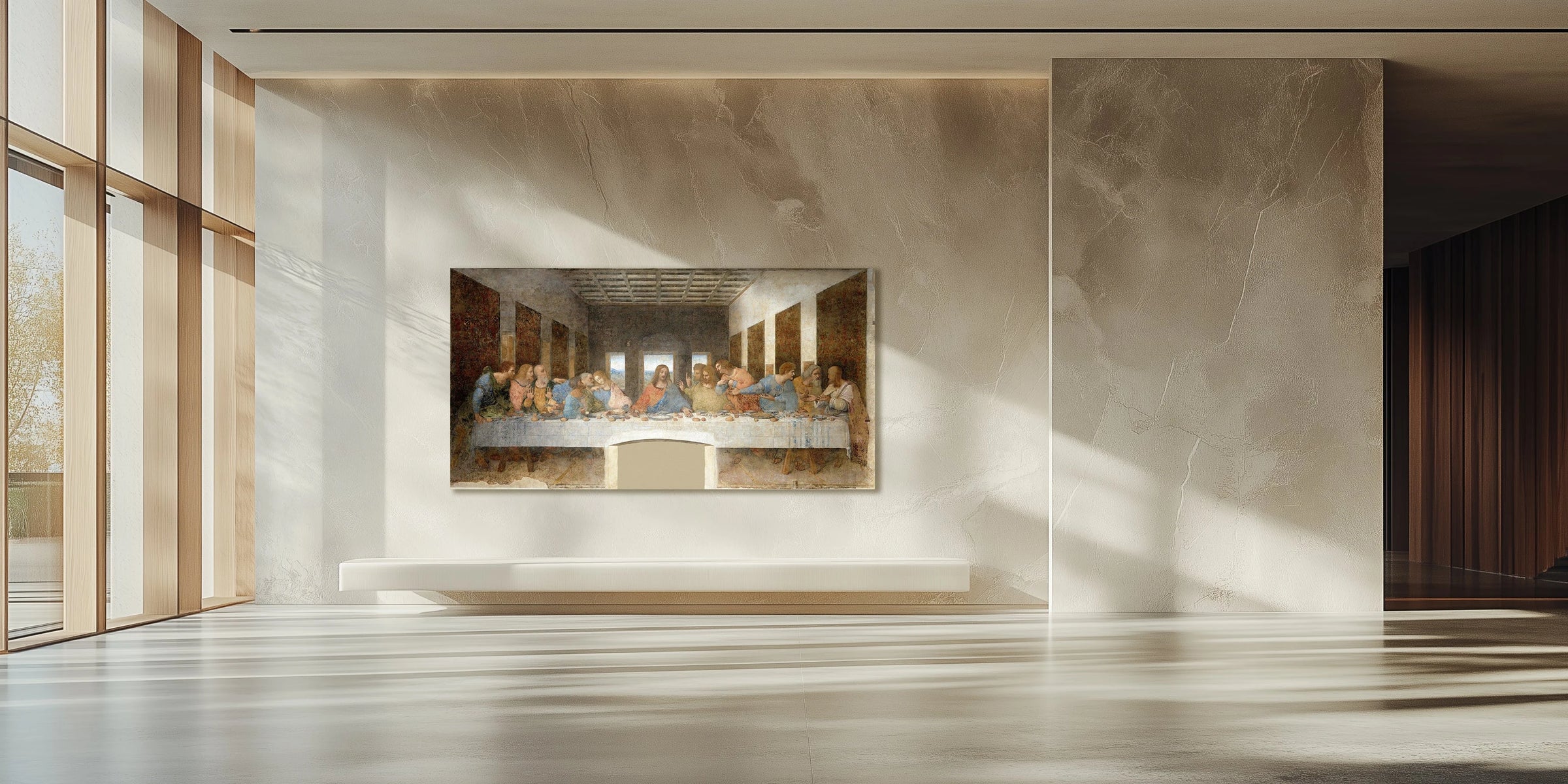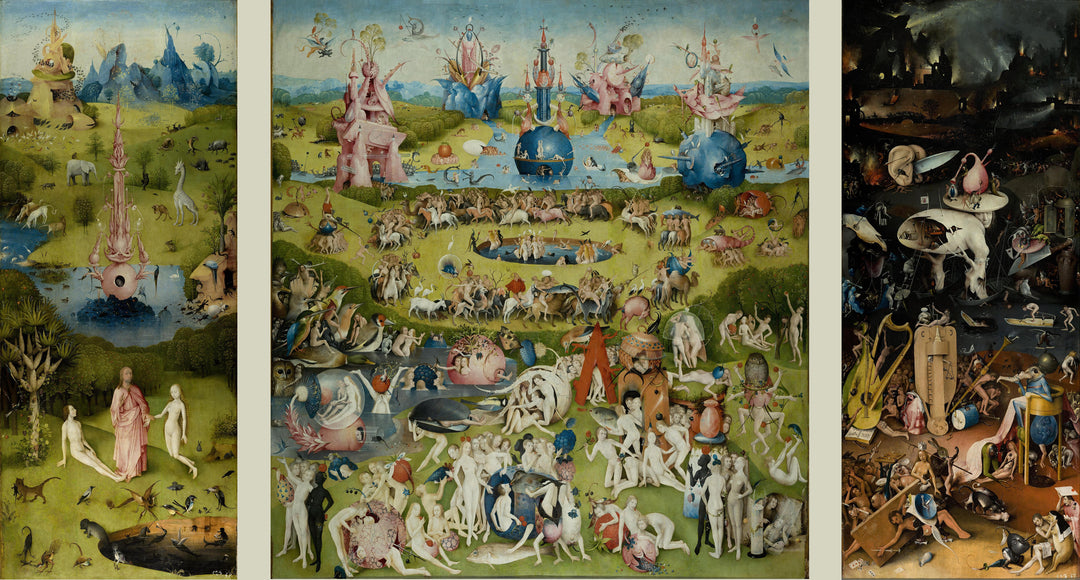
Renaissance
The Renaissance was an artistic and cultural movement that developed in Europe from the 14th to the 17th centuries, characterized by a renewed interest in classical art, science, and philosophy. This movement emerged in Italy, influenced by humanism and the revaluation of Greek and Roman cultures. One of the factors that propelled the Renaissance was the rediscovery of ancient texts and the creation of a new perspective on the role of the individual in the world.
The Renaissance influenced artistic painting by promoting a focus on the naturalistic representation of the human being and the use of linear perspective to create an illusion of depth. The mastery of light and shadow, known as chiaroscuro, allowed artists to create more volumetric and realistic forms. Additionally, techniques such as sfumato, developed by Leonardo da Vinci, allowed for smooth transitions between colors and contours, creating a more realistic and atmospheric effect.
This movement also laid the foundations for the development of later artistic styles, such as Mannerism and Baroque, Mannerism was characterized by greater complexity and distortion in the human figure, while Baroque focused on drama and intense emotion. The Renaissance also influenced the Enlightenment, which in turn fostered the Industrial Revolution and Modernism.
Three of the most representative painters of the Renaissance are Leonardo da Vinci, Michelangelo, and Raphael Sanzio. Leonardo is known for his scientific and artistic approach, creating masterpieces such as " The Mona Lisa" and "The Last Supper." Michelangelo excelled in both sculpture and painting, being famous for his work called " The Creation of Adam" in the Sistine Chapel and the sculpture of "David." Raphael, on the other hand, is remembered for his Madonnas and his work in the Vatican rooms.







